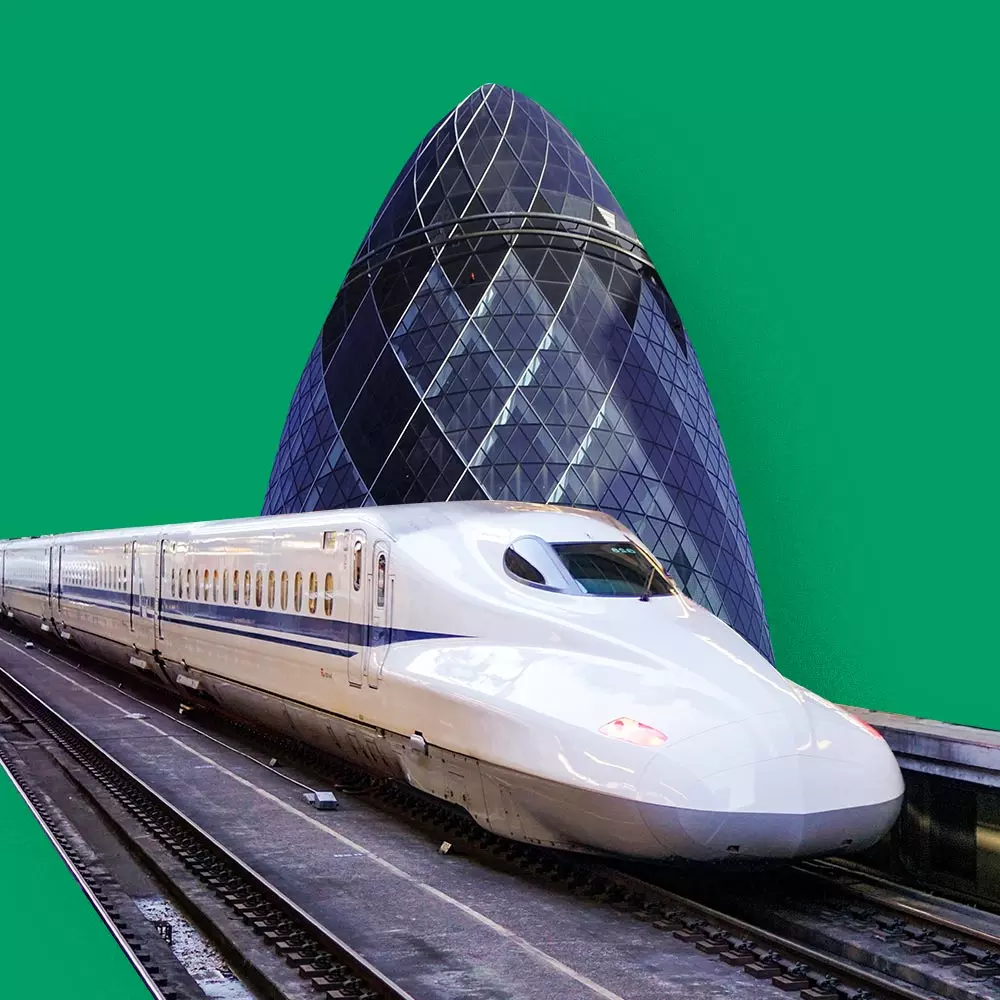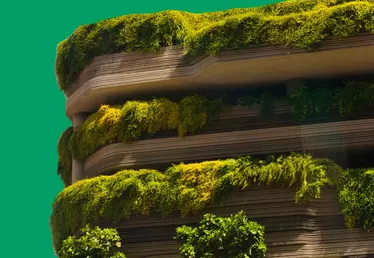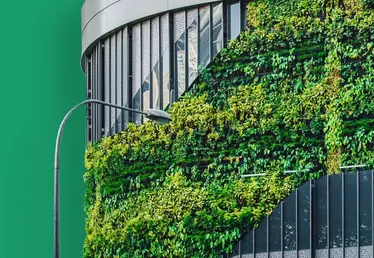

Hero banner custom title
Biomimicry: when nature inspires innovation
8 min
Biomimicry reminds us that the most advanced mechanisms are not found in aerospace or computers but in nature where waste does not exist and efficiency is a matter of survival.
In the nineteenth century, Clément Ader was inspired by the fruit bat to design his Éole as he watched these huge bats glide around an aviary he had built in his garden. In the 1940s, George de Mestral noticed that burrs had latched on to his pants during a walk. After observing the adhesive properties of these plants, he invented self-adhesive strips which he called Velcro. In 2013: John Dabiri invented a revolutionary wind turbine after observing the movement of schools of fish.
Biomimicry is "a scientific tool that imitates nature's inventions ... to adapt them to serve man."
Some scientists, engineers, architects and designers are turning to this emerging discipline to develop effective solutions that respect the environment.
1 - KINGFISHER & SHINKANSEN
Observation in nature: Once it has spotted its prey, the kingfisher enters the water, barely making a splash. The shape of its long, slender beak allows it to move quickly and inconspicuously from air to water, despite the significant change in pressure between the two environments.
The challenge: In Japan, the Shinkansen (Japan's high-speed bullet train) connects major cities on the islands of Honshu and Kyushu through numerous tunnels. When the train entered one of these tunnels, changes in air pressure created shock waves that bothered both passengers, who experienced unpleasant sensations in their ears, and local residents, who heard thunderclaps when the train left the tunnel.
The solution: In the 1990s, Eiji Nakatsu, chief engineer at JR-West and amateur ornithologist, took inspiration from the kingfisher's beak when designing the nose of the new Shinkansen. This innovative design prevents the formation of waves and associated disturbances. It also reduces the train’s electricity consumption by 15% while increasing its speed by 10%.
How does it work? How one engineer's birdwatching made Japan's bullet train better
2 - TERMITES & THE EASTGATE BUILDING
Observation in nature: Termites are formidable builders. These living creatures are capable of building the tallest structures in relation to their size. Through an ingenious ventilation system, termites are able to maintain a near constant temperature inside termite mounds despite significant temperature variations outside (from over 40°C during the day to 0°C at night).
The challenge: Harare, Zimbabwe's capital, experiences significant temperature differences between night and day. However, developers wished to build an extensive mall that would not require air conditioning.
The solution: To build this building of over 30,000 m2, architect Mick Pearce imitated the elaborate system of termite galleries. In 1996, the Eastgate building was the first building of this size equipped with a natural passive ventilation system. Its structure is made from materials with good thermal performance: local brick and concrete. During the day, heat is absorbed and stored in the building. At the same time, warm air will enter through the numerous openings and be discharged through chimneys installed on the roof creating a natural air flow. At night, the walls release the heat stored during the day and cool air is stored in its place. The cool night air will be used to cool the entire complex the following day. This system enables the Eastgate building to retain a stable temperature of 25°C using 90% less energy than a conventional building's air conditioning system and representing savings of 3.5 million dollars in the first five years.
How does it work? An example of architecture inspired by termites
3 - THE HUMPBACK WHALE & WIND TURBINES
Observation in nature: The humpback whale is an incredible animal: this mastodon is 10 to 15 meters long and weighs on average 30 tons but swims with disconcerting fluidity and speed. It owes its agility to its pectoral fins covered with tubers which is a peculiarity of this type of whale (other whales have smooth-edged fines).
The challenge: Wind turbines are a clean and renewable energy source with a number of advantages. Unfortunately, production is limited and intermittent. Their energy production is partially dependent on drag, air resistance which slows the blade, and the push which corresponds to the force of the wind.
The solution: Researchers at Harvard University have studied the "serrated" fins of humpback whales for several years. Tests conducted in 2004 at the U.S. Naval Academy showed that tubers generated a 32% reduction in drag and an 8% increase of push compared to a smooth-edged fin. Frank Fish, Professor of Biology and Chairman of WhalePower, a Canadian company that develops technologies based on this research, added tubers onto wind turbine blades improving performance by 20%.
How does it work? Whale-Inspired Wind Turbines
4 - THE DARKLING BEETLE & WATER FROM FOG COLLECTION SYSTEMS
Observation in nature: the Darkling beetle lives in the arid dunes of the Namib erg. To survive in this hostile environment, the little two-centimeter long beetle collects water from fog. Every day, it moves to the top of the dunes, raises its body and waits for the fog to condense into water droplets on its back.
The challenge: In the driest regions of the world, people, who are among the poorest and most vulnerable, are struggling to meet their basic needs for water to drink, cook and bathe. For these people, access to water is a matter of survival
The solution: In 2001, researchers explained how the darkling beetle's water collection system worked and claimed that it was possible to easily and extensively imitate it. Their article, which was published in Nature, inspired scientists across the world to develop increasingly advanced materials capable of collecting water from fog in dry and arid regions of the world. Recently, a team from the MIT found that bigger nets with narrower weaves can absorb and release five times more water than existing systems.
How does it work? How to get fresh water out of thin air
5 - THE FIREFLY & LIGHT EMITTING DIODES (LED)
Observation in nature: The light fireflies diffuse helps them identify their sexual partners, attract prey and provide themselves with light. This phenomenon occurs within an organ situated at the end of the abdomen through a chemical reaction that causes the emission of photons. In some species of fireflies, the bioluminescent organ is covered with tiny scales forming a serrated coating which significantly increases light intensity: 50% more light than on a smooth surface.
The challenge: LEDs have many advantages, both in terms of energy saving and efficiency but their light output is not optimal as a significant proportion of light is lost.
The solution: To improve LED lighting levels, French, Belgian and Canadian scientists have surrounded them with a serrated coating similar to that surrounding the firefly’s bioluminescent organ. This increased the light intensity of a conventional LED by 55%.
How does it work? Scientists Mimic Fireflies to Make Brighter LEDs











